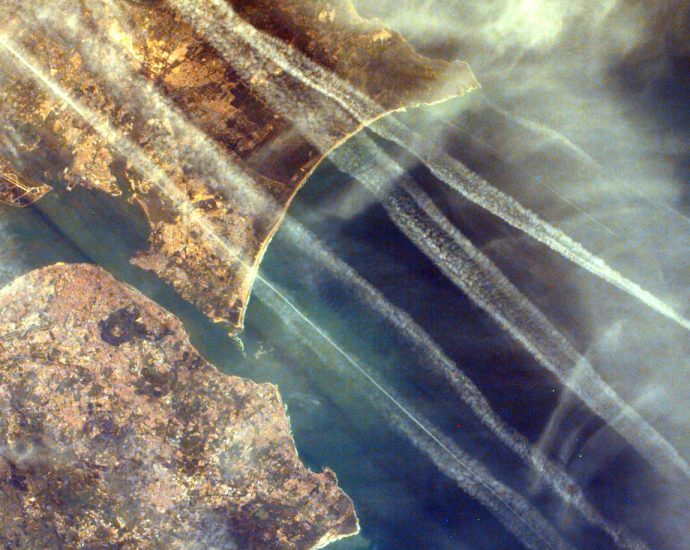It Turns Out That Contrails are Bad for Global Warming Too
One might assume that anything that might reflect sunlight back into space, like bright aircraft contrails, would be good for decreasing the effects of global warming, but a new study predicts that the atmospheric heat trapped by the water vapor in the ‘trails will triple by the middle of theread more
